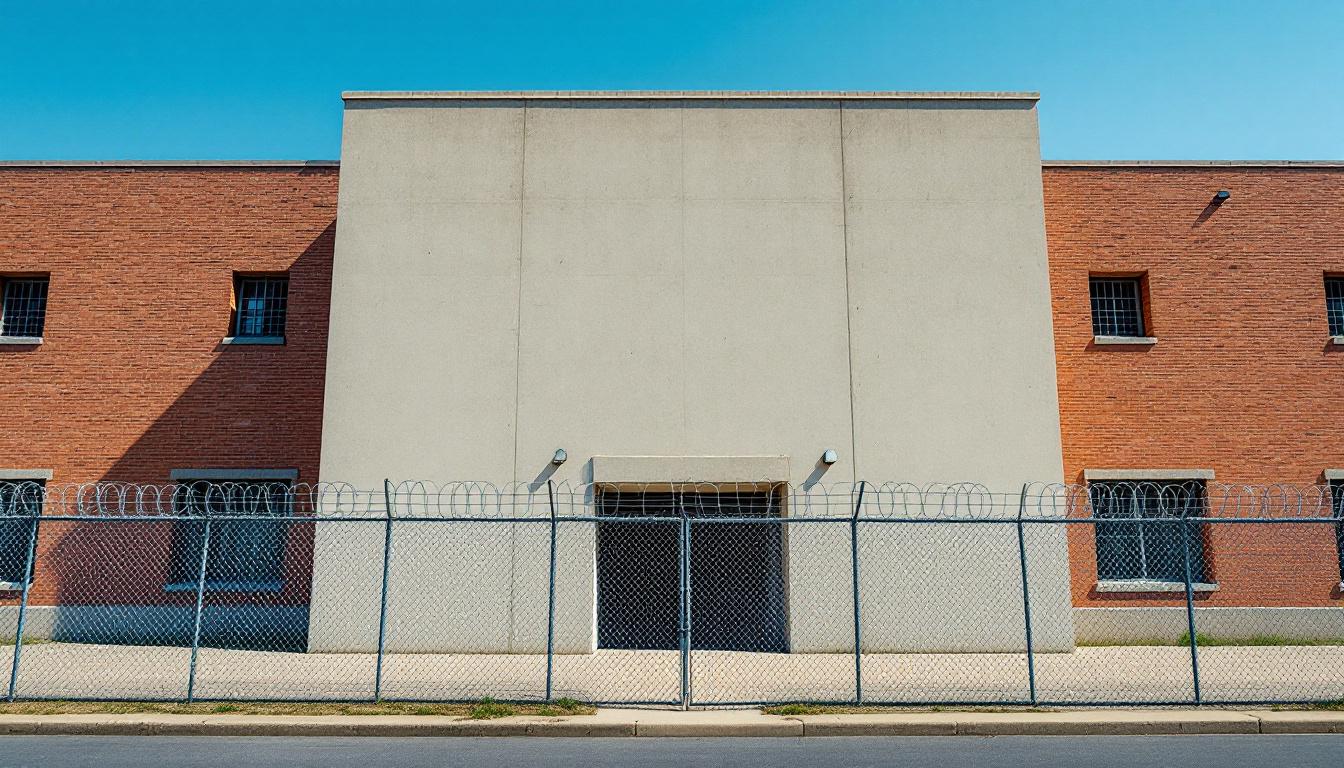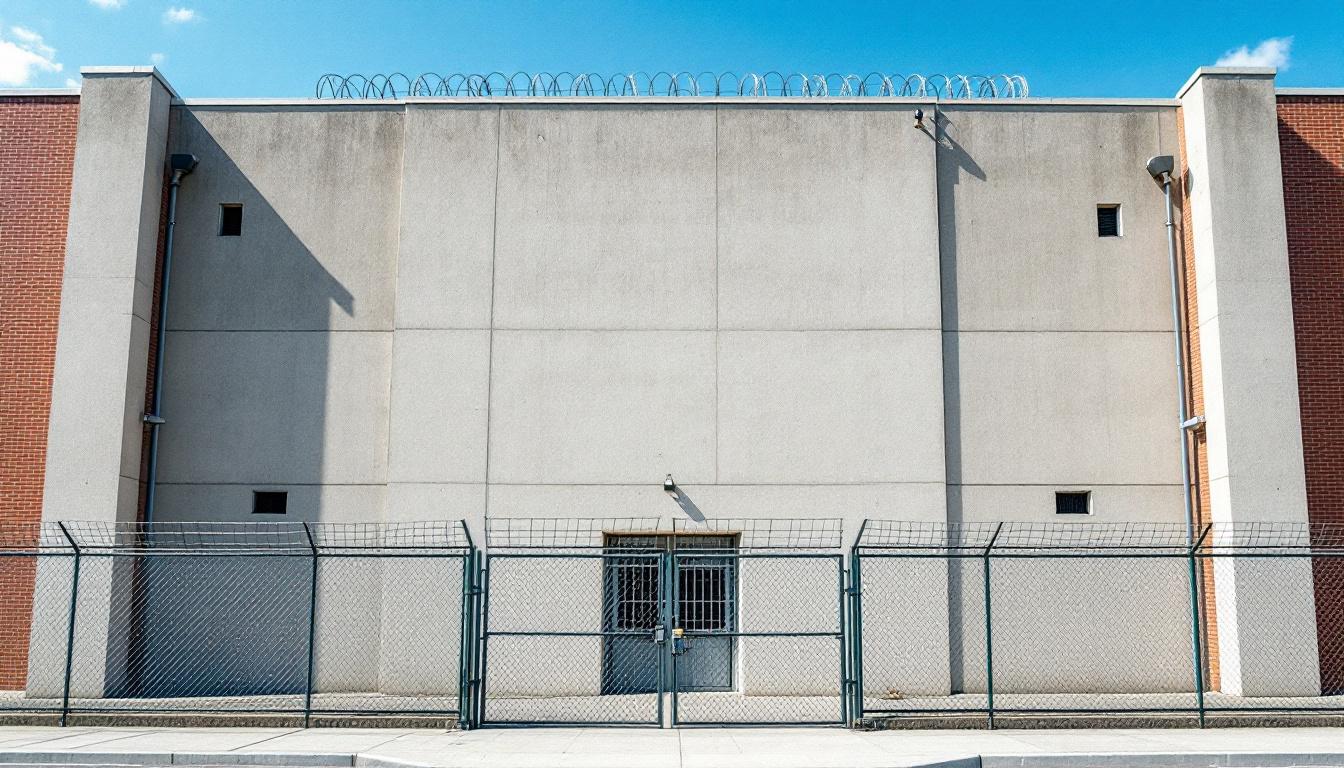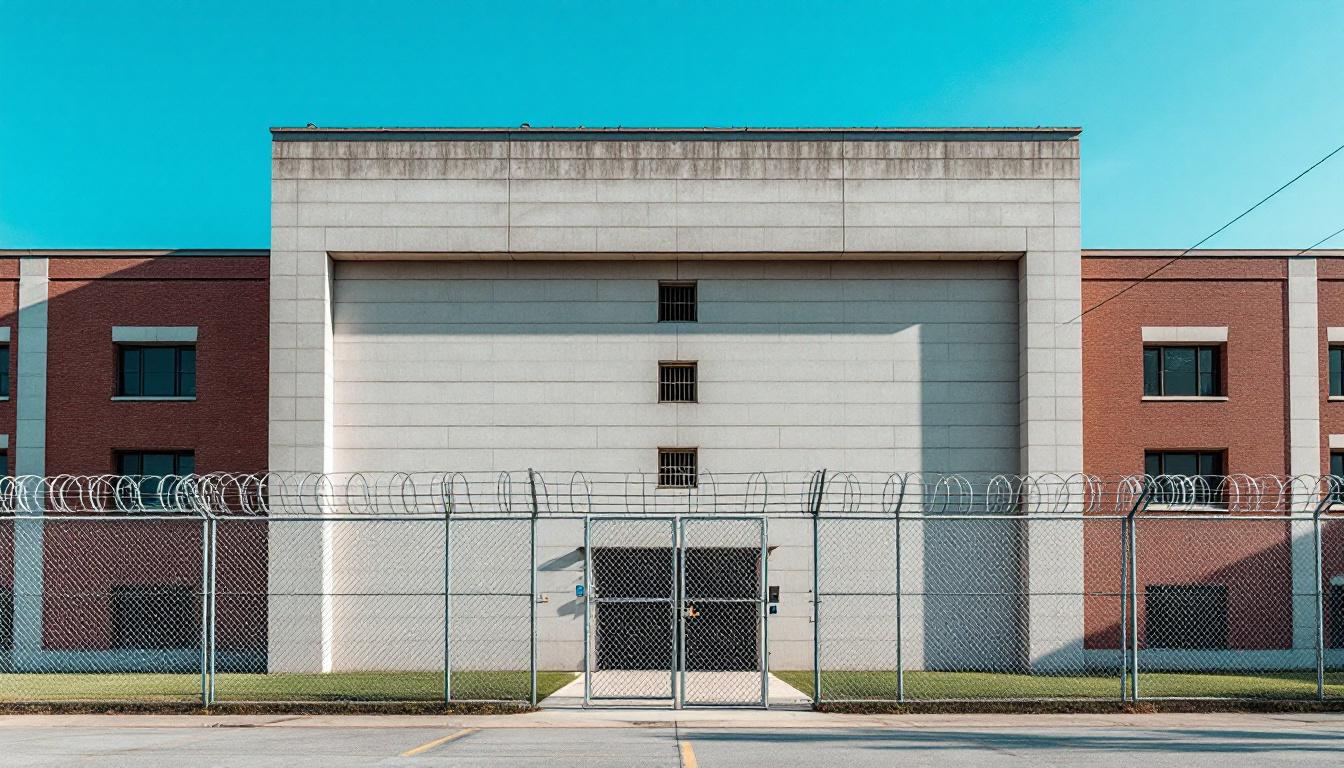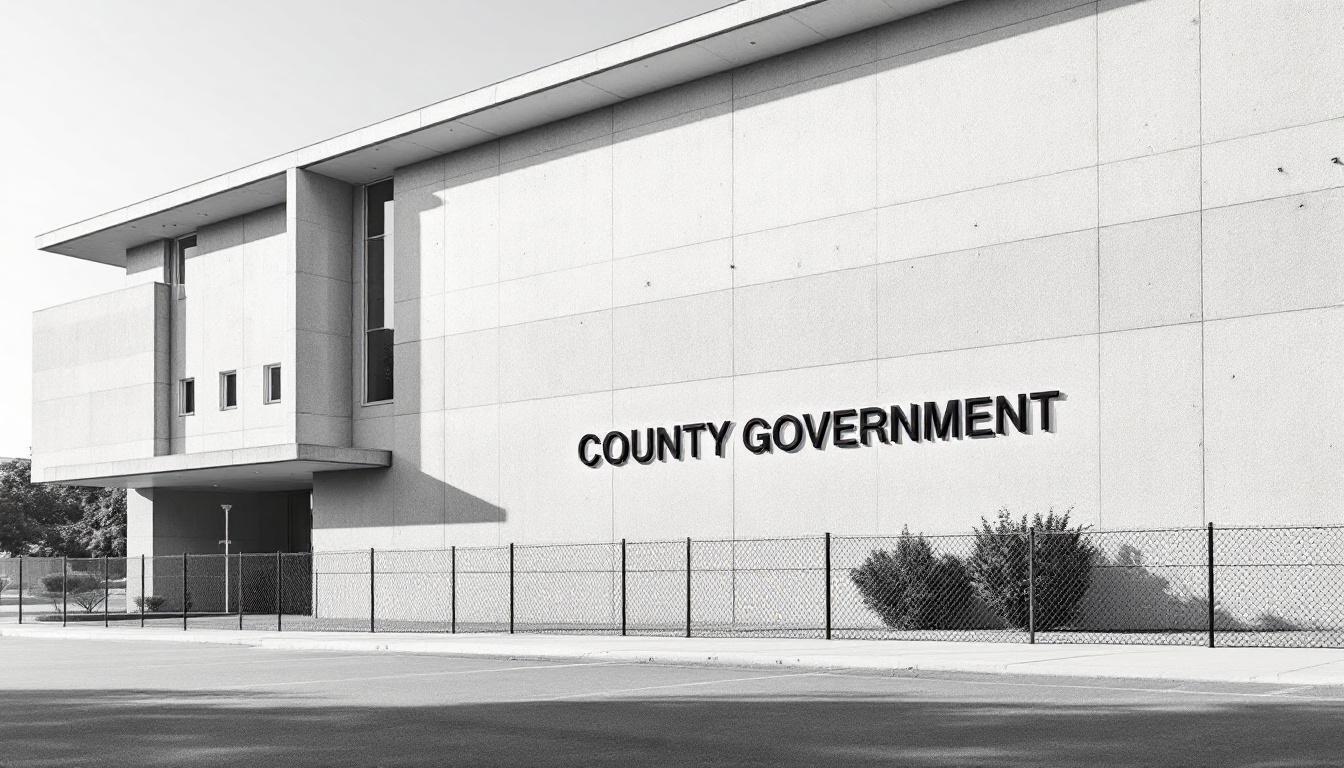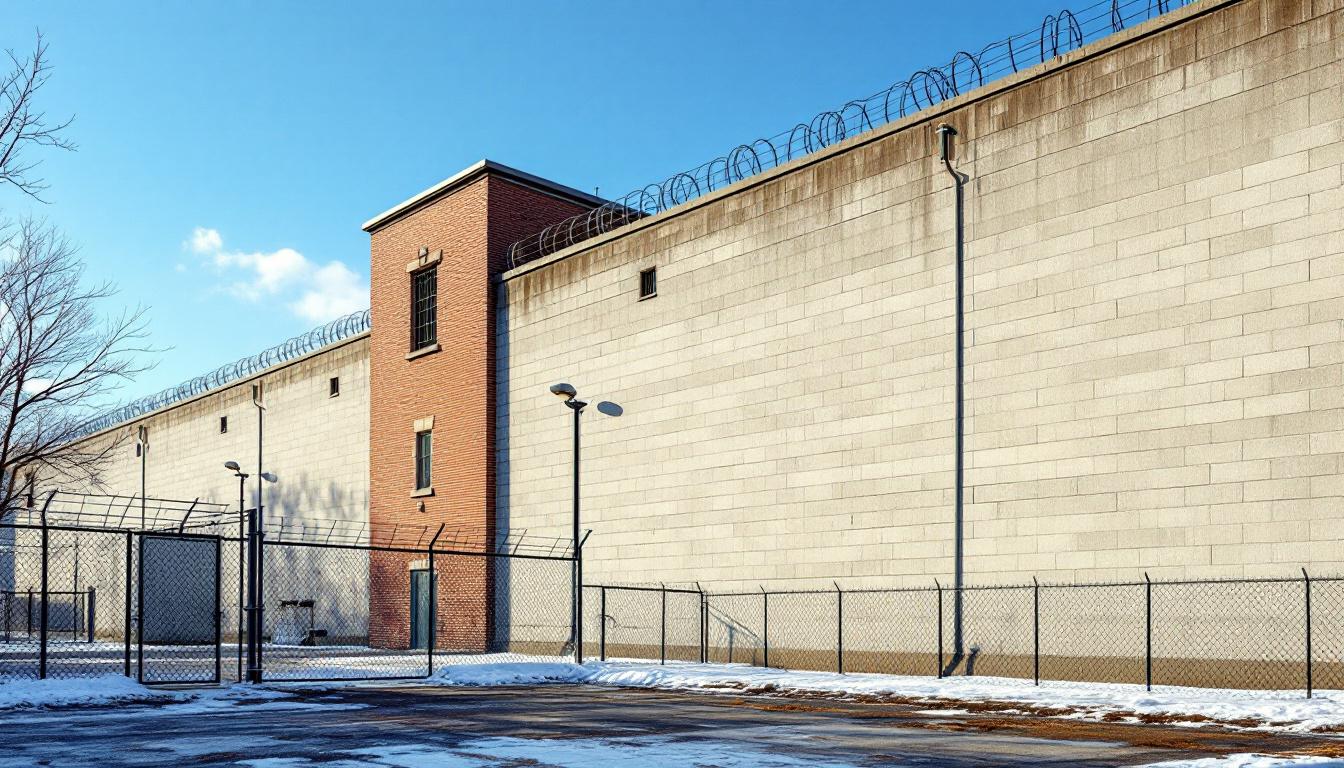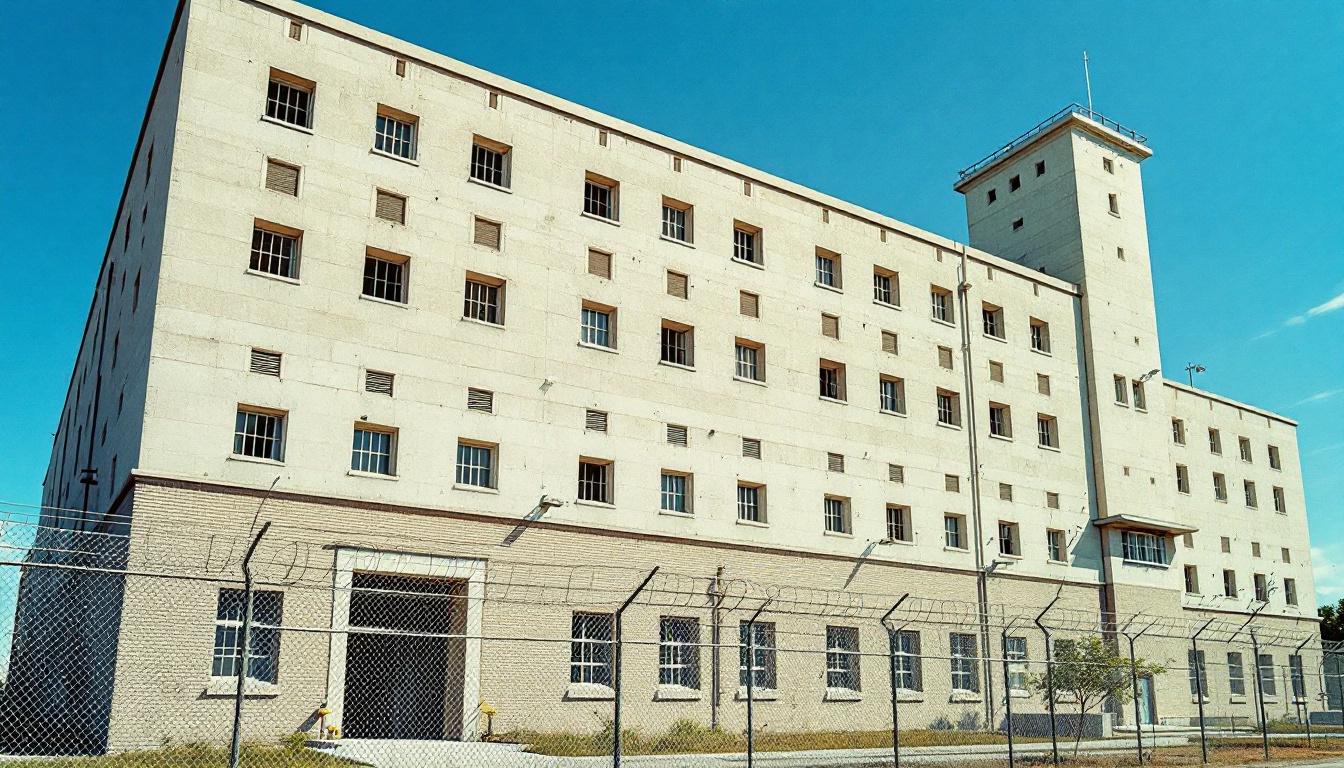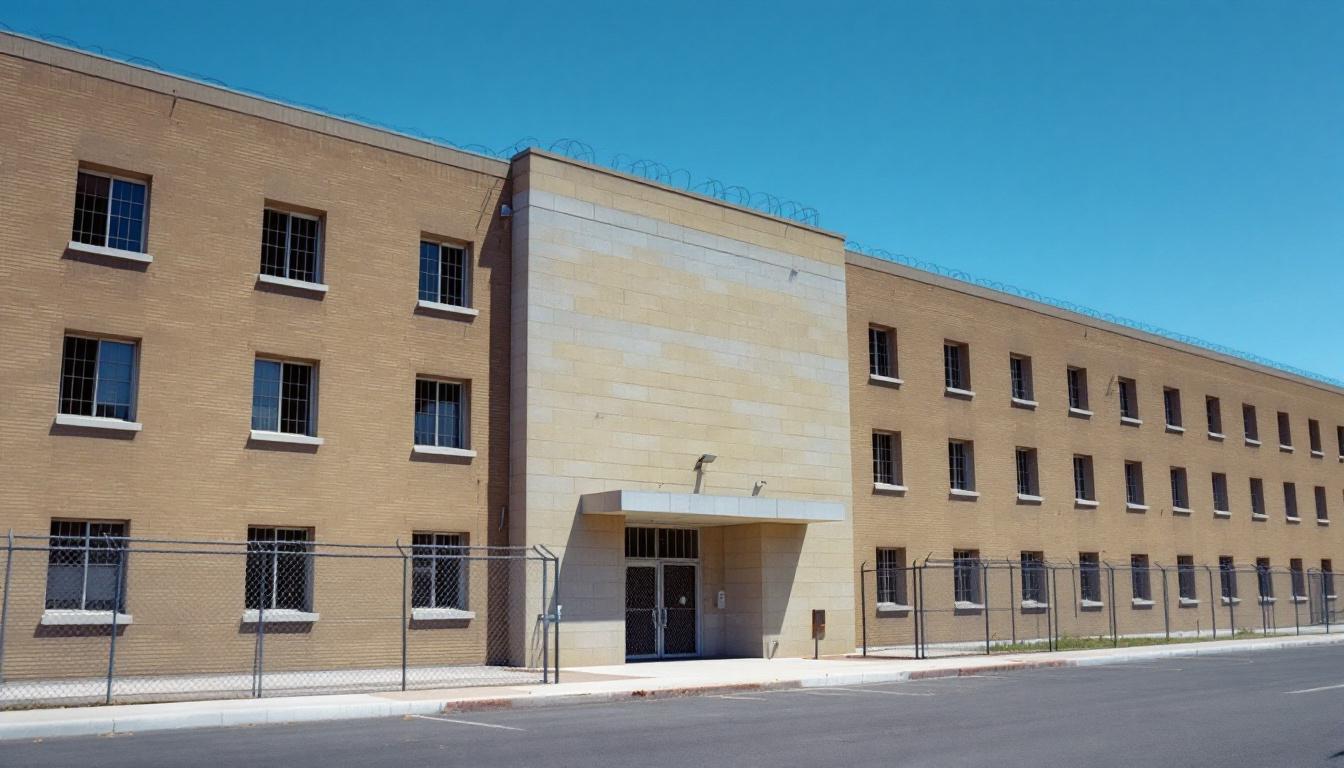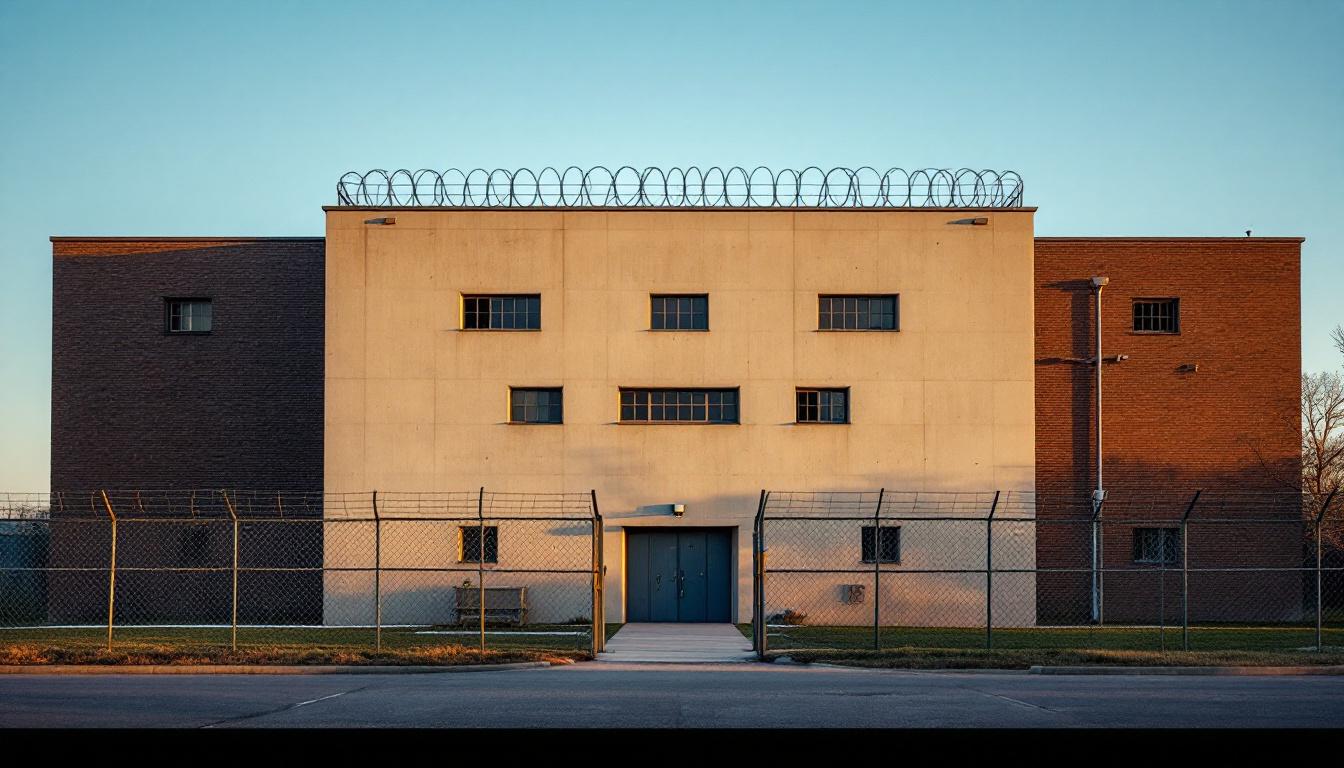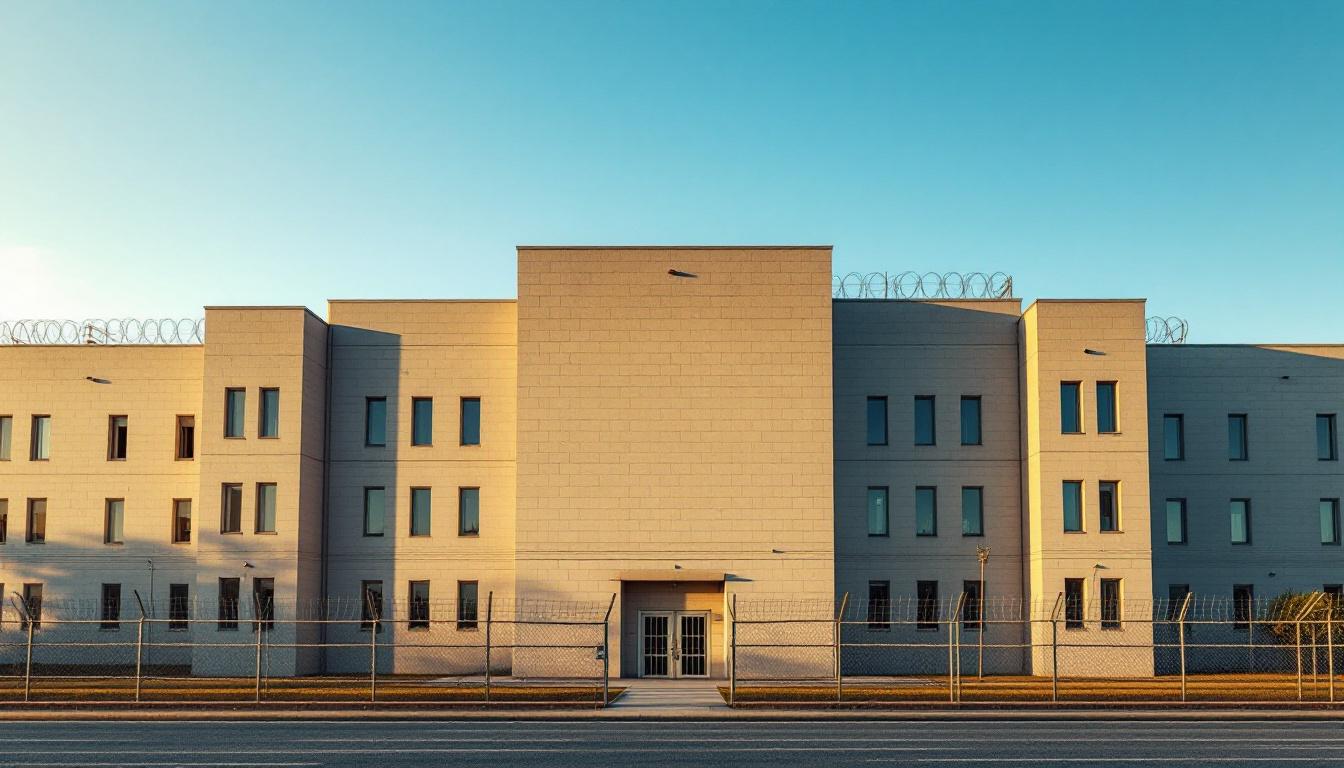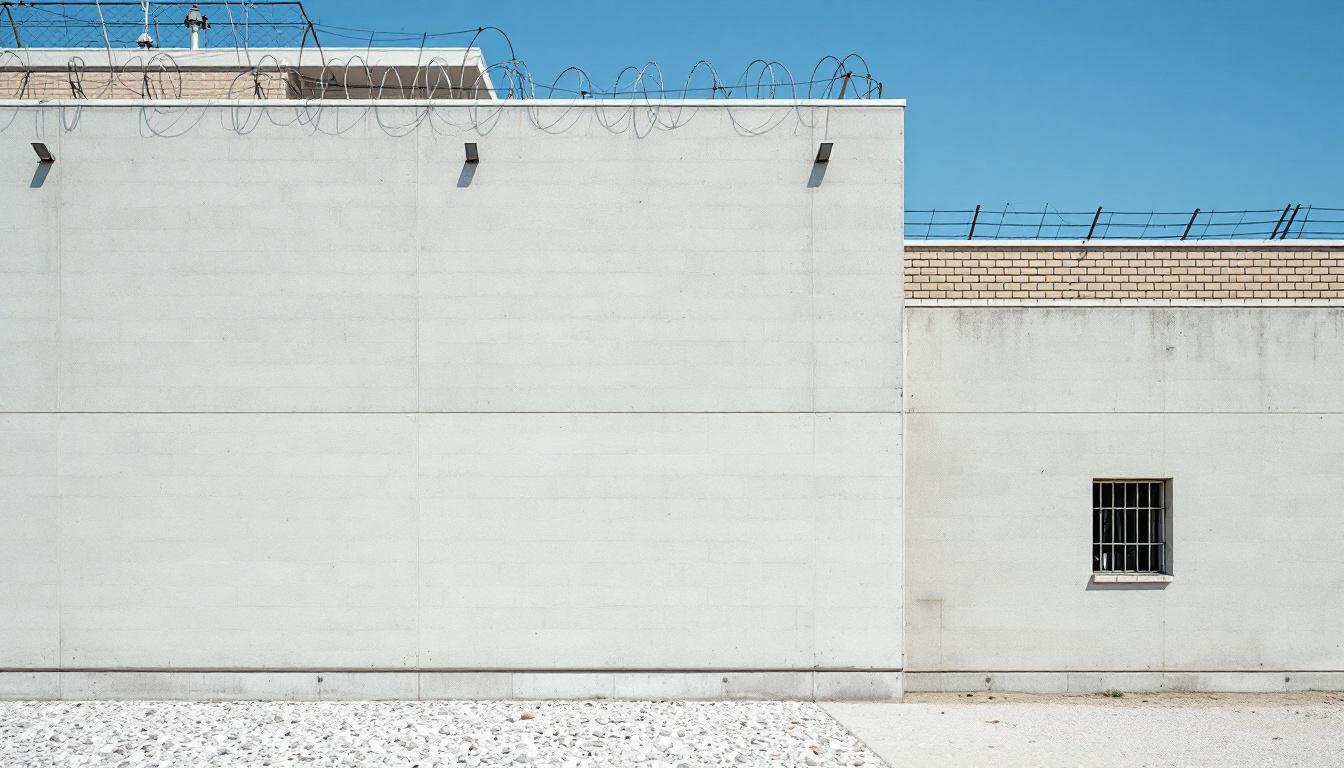
Quick Navigation
How to contact an inmate at Yellowstone County Detention Facility
This comprehensive guide will walk you through how to connect with an inmate at Yellowstone County Detention Facility. Follow the steps below to find an inmate and send letters and photos:
- Search for the inmate using our search tool below
- Create your account or log in to Penmate
- Write your message (up to 6,000 characters)
- Send instantly - inmates receive printed copies daily
Find an Inmate
Search for an inmate to start communicating today
Tip: You can search by first name, last name, or inmate ID number
To contact a person at Yellowstone County Detention Facility start by searching for the person on the official facility website. Perform a search by following these steps:
- Step 1: Enter their first name and last name into the search form and click "Search"
- Step 2: Locate their inmate record
- Step 3: Write down their Inmate ID and any housing information provided
Important! Be sure to enter the person's full name. Nicknames should not be used.
How to Send Messages to Inmates

You can use your phone or computer to send emails, letters, and photos to an inmate. Messages are sent electronically to inmate tablets or kiosks at the facility. If you would like to send a message, start by searching for an inmate at Yellowstone County Detention Facility.
Sending Photos and Postcards

A great way to send love and support to a loved one at Yellowstone County Detention Facility is to send photos and postcards. It only takes a few minutes to send photos from your phone and it makes a huge difference. You can also mail postcards with words of support and inspiration, or design your own postcard for special moments like birthdays and holidays.
Important! Be sure not to send any explicit photos or they may not be approved by the facility. You can also use a photo printing app like Penmate to make sure your photos are printed at the correct size (4x6 or 3x5) and are mailed according to the rules and regulations of Yellowstone County Detention Facility.
Frequently asked questions about Yellowstone County Detention Facility
-
How long does it take to deliver a message?
If you're sending an email message your letter is usually delivered within 24-48 hours. For messages sent via mail you should expect delivery within 3-7 days. All messages will need be approved by Yellowstone County Detention Facility.
-
How much does it cost to send a message to Yellowstone County Detention Facility?
You can send a message free using your phone or mail a message via USPS for the price of a $0.60 stamp and envelope. You can also purchase credits or e-stamps from services starting at $1.99.
-
What services can I use to contact an inmate at Yellowstone County Detention Facility?
Penmate
You can use Penmate to send letters and photos to an inmate from your phone. It's an easy way to stay in touch during your loved one's incarceration. Use the inmate locator to find an inmate's location and contact information, then you can send messages within a few minutes.
Securus messaging
Securus may be another option for communicating with an inmate at Yellowstone County Detention Facility. You can create a friends and family account and purchase credits to send messages. All messages will be reviewed and must be approved by the facility.
JPay
Some county jails and state prisons may support sending messages with JPay. You must register an account with the system, find your loved one, and purchase stamps to send messages. For some locations you can also attach photos.
Smart Jail Mail
You may also check if Smart Jail Mail is available at Yellowstone County Detention Facility. Smart Jail Mail is operated by Smart Communications and has contracted with some state and county jails. After purchasing credits, your messages and photos are sent to the facility, printed out, and then handed out to your loved one.
-
What is the mailing address of Yellowstone County Detention Facility?
Mailing address:
Yellowstone County Detention Facility
3165 King Ave E
Billings, MT 59101
Phone: (406) 256-6881Business hours:
- Monday: Open 24 hours
- Tuesday: Open 24 hours
- Wednesday: Open 24 hours
- Thursday: Open 24 hours
- Friday: Open 24 hours
- Saturday: Open 24 hours
- Sunday: Open 24 hours
-
What are the visiting hours at Yellowstone County Detention Facility?
Visiting hours at Yellowstone County Detention Facility vary by housing unit and security level. Generally, visits are scheduled on weekends and holidays, with some facilities offering weekday visits. Contact the facility directly at (406) 256-6881 or check their website for the current visiting schedule. Visits typically last 30-60 minutes and must be scheduled in advance.
-
What items are prohibited when sending mail to Yellowstone County Detention Facility?
Prohibited items typically include: cash, personal checks, stamps, stickers, glitter, glue, tape, staples, paperclips, polaroid photos, musical or blank greeting cards, hardcover books, magazines with staples, and any items containing metal or electronics. Only send letters on plain white paper with blue or black ink. Photos must be printed on regular photo paper (no Polaroids). Always check with Yellowstone County Detention Facility for their specific mail policies.
-
How do I send money to an inmate at Yellowstone County Detention Facility?
You can send money to an inmate at Yellowstone County Detention Facility through several methods: 1) Online using JPay, Access Corrections, or the facility's approved vendor, 2) Money orders mailed directly to the facility with the inmate's name and ID number, 3) Kiosks located in the facility lobby, or 4) Over the phone using a credit or debit card. Fees vary by method, typically ranging from $2.95 to $11.95 per transaction.
-
Can I schedule a video visit with an inmate at Yellowstone County Detention Facility?
Many facilities now offer video visitation as an alternative to in-person visits. At Yellowstone County Detention Facility, video visits may be available through services like Penmate, Securus Video Connect, GTL, or ICSolutions. Video visits typically cost $10-20 for 20-30 minutes and must be scheduled in advance. You'll need a computer or smartphone with a camera and reliable internet connection. Contact the facility for their specific video visitation policies and approved vendors.
-
What identification do I need to visit an inmate at Yellowstone County Detention Facility?
All visitors must present valid government-issued photo identification such as a driver's license, state ID, passport, or military ID. Minors must be accompanied by a parent or legal guardian who can provide the minor's birth certificate. Some facilities require visitors to be on the inmate's approved visitation list, which may require a background check. Contact Yellowstone County Detention Facility for specific ID requirements and visitor approval procedures.
-
How can I find out an inmate's release date?
To find an inmate's release date at Yellowstone County Detention Facility, you can: 1) Use the online inmate search tool if available, 2) Call the facility's records department, 3) Contact the inmate's case manager or counselor, or 4) Have the inmate provide this information during a call or visit. For privacy reasons, some facilities only release this information to immediate family members.
Facility Overview
Contact Information
Yellowstone County Detention Facility3165 King Ave E
Billings, MT 59101
Phone: (406) 256-6881
Official Website
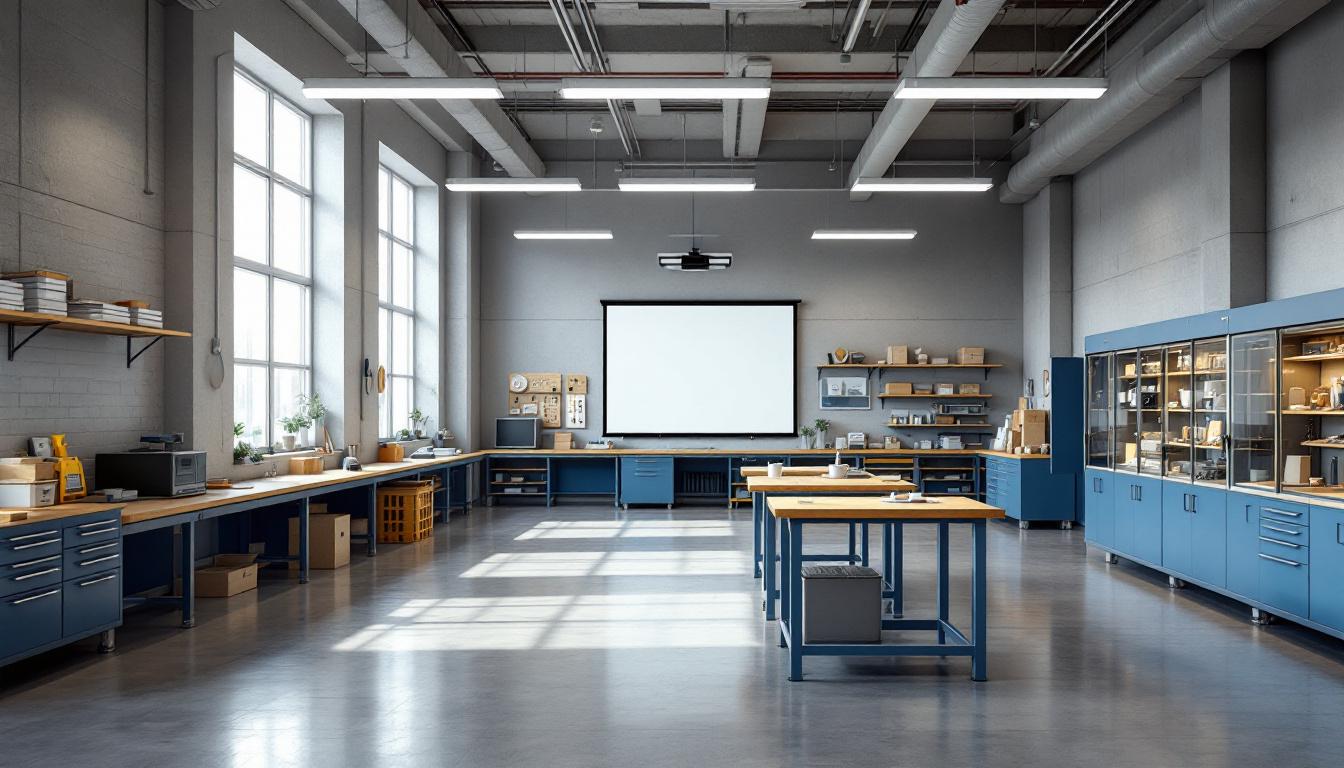
About Yellowstone County Detention Facility
Educational workshops, vocational training opportunities, and substance abuse counseling programs form the foundation of services at Yellowstone County Detention Center, MT, where individuals work toward personal development while serving their sentences in Long View. This MT correctional facility emphasizes skill-building and rehabilitation through structured programming that may include literacy classes, anger management sessions, and job readiness preparation. Mental health support services typically complement these offerings, creating a comprehensive approach to addressing the diverse needs of the detention center population.
Nestled within Montana's expansive landscape, the facility serves as a crucial component in the state's correctional infrastructure, handling pre-trial detention and sentenced individuals from the surrounding region. Long View's location provides a setting where the detention center operates within the broader context of Montana's justice system, often coordinating with courts, probation services, and community organizations to facilitate successful transitions. The facility generally maintains connections with local employers and educational institutions to support reentry planning, recognizing that effective rehabilitation extends beyond the facility's walls into the mountain region's communities and workforce opportunities.
Programs & Services
From foundational literacy skills to specialized trade training, the breadth of developmental opportunities at Yellowstone County Detention Center reflects a commitment to addressing the diverse needs of individuals in custody. The facility typically operates on the principle that meaningful engagement through structured programming can foster personal growth and skill development. This comprehensive approach recognizes that individuals arrive with varying educational backgrounds and career aspirations, requiring a range of pathways to support their development during incarceration.
Educational opportunities often form the cornerstone of the facility's programming structure. High school diploma programs may provide individuals with the chance to complete their secondary education through structured coursework and individualized instruction. Education services typically extend beyond basic academics to include literacy development and foundational skills training. Also, vocational programs frequently focus on construction trades, offering hands-on training that may help individuals develop marketable skills for future employment opportunities.
The facility's support framework often includes work programs that allow individuals to gain practical experience while contributing to facility operations. These opportunities may encompass various roles that help participants develop work habits and responsibility. Also, intramural sports programs typically provide physical activity and recreational engagement, promoting both physical wellness and positive social interaction among participants. This multifaceted approach to programming reflects the facility's recognition that comprehensive support involves addressing educational, vocational, and personal development needs simultaneously.
Daily Life & Visitation
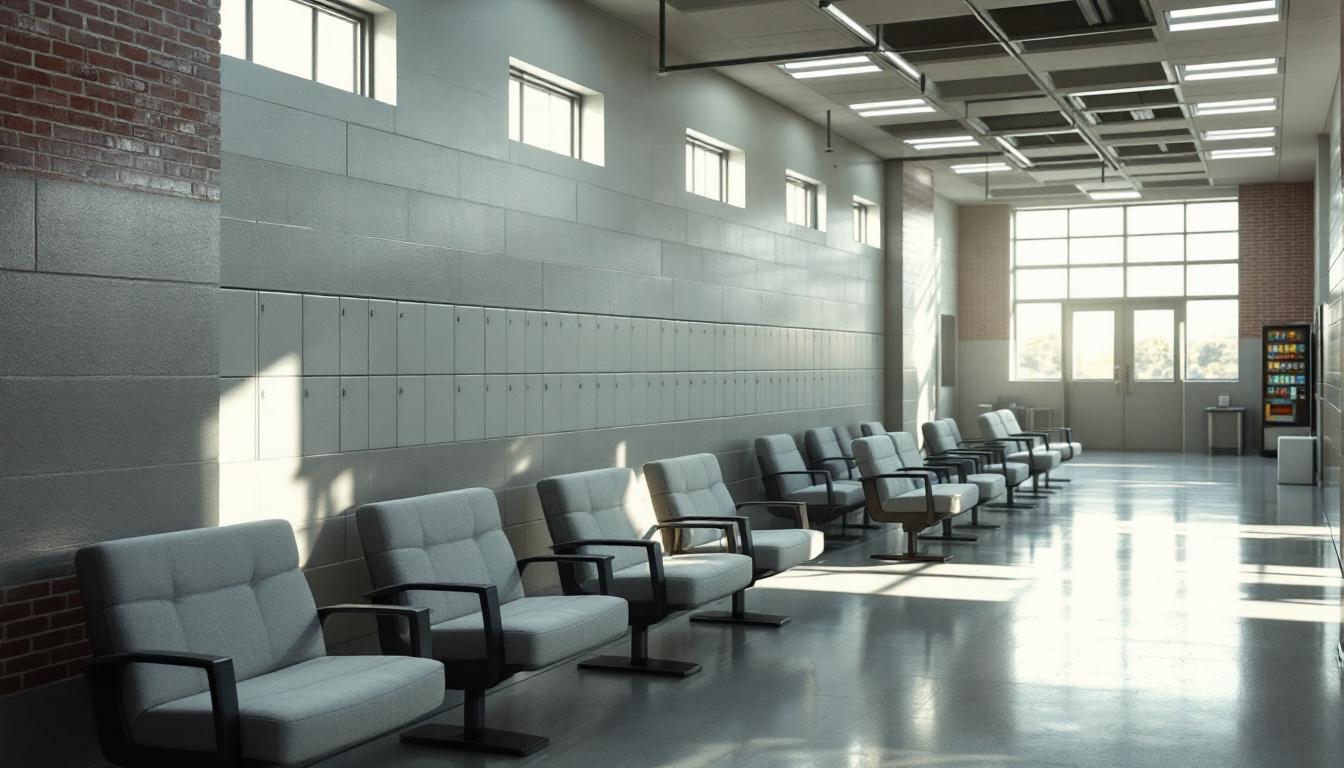
The sound of morning announcements typically marks the beginning of another structured day for individuals housed at the Yellowstone County Detention Center. Daily routines currently follow established patterns that continue to provide framework within the facility environment. Wake-up generally occurs in the early morning hours, followed by personal hygiene time and preparation for breakfast. The day usually includes scheduled meal times, programming opportunities, and designated periods for recreation and communication with family members.
Living accommodations at the facility typically consist of housing units designed to manage different population groups safely and effectively. Individuals generally share cells or dormitory-style housing, with basic furnishings that may include beds, storage areas, and sanitation facilities. Personal property allowances usually permit limited personal items, while commissary services often provide opportunities to purchase approved items like snacks, hygiene products, and writing materials. Also, the facility typically maintains temperature control and lighting appropriate for the housing environment.
Structured programming schedules often offer educational opportunities, substance abuse counseling, and life skills development for eligible individuals. Recreation time may include access to television, reading materials, and physical exercise opportunities when space and security considerations permit. However, visitation policies generally allow family members to maintain contact through scheduled visits, phone calls, and correspondence, though specific procedures typically vary based on security classifications and facility guidelines. Work assignments within the facility may also provide structure and responsibility for some individuals, contributing to the overall daily routine and facility operations.
Ready to Connect?
Start communicating with your loved one today
Search for an Inmate
